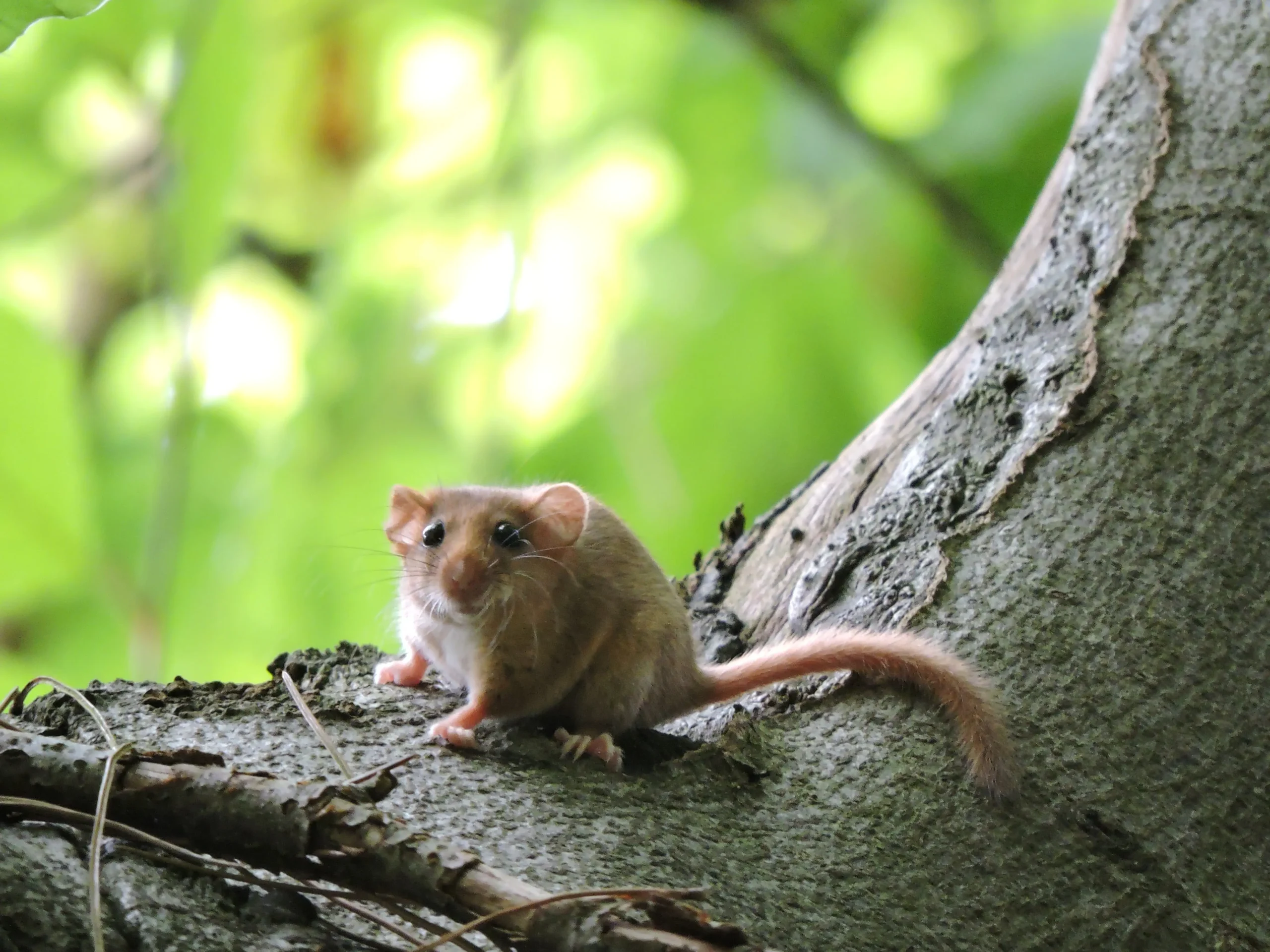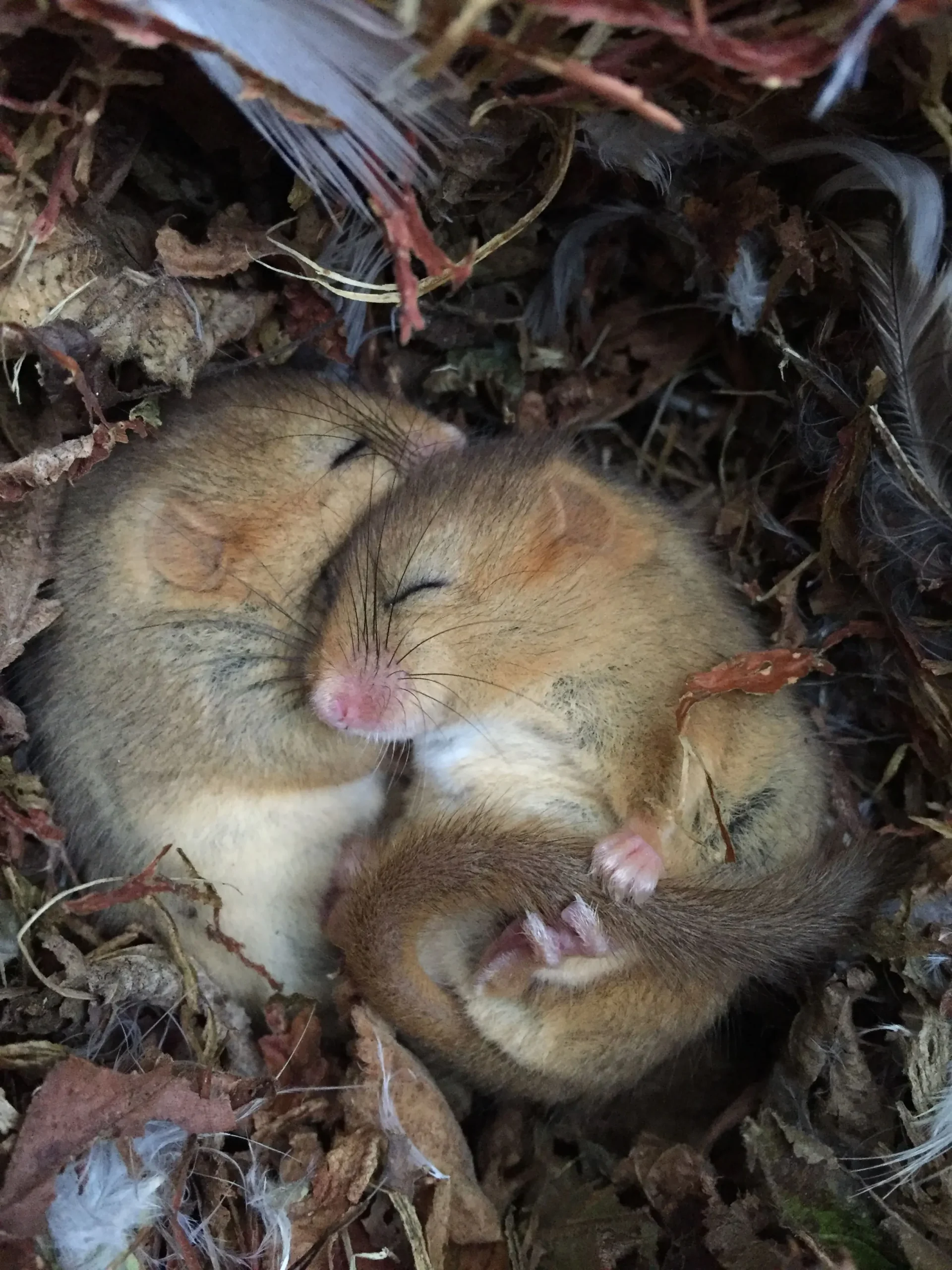Nature in Crisis
Haslemere Climate and Biodiversity Collective
Biodiversity is in crisis worldwide with the UK identified as one of the most nature-depleted countries1,2. In Surrey at least one third of species are in decline or already extinct as a result of habitat loss or fragmentation, climate change, pollution and invasive species (such as mink, Japanese knotweed, Himalaya balsam)3.
The Haslemere Biodiversity Project aims to develop policies, plans and partnerships that protect and enhance Haslemere’s unique biodiversity assets for the long term. In 2021 we undertook a Biodiversity Audit of Haslemere’s Ecological Network (HEN)4. This confirmed that our area is rich in wildlife with a variety of habitats that support several internationally and nationally important species. Approximately 48% is woodland (761 ha/33% broadleaf and 346 ha/5% coniferous) with around 85 ha (8%) listed as Ancient Woodland5. This compares to woodland cover of 10% in England and 22% in Surrey. Other important habitats include freshwater (notably the River Wey and its tributaries), heathland, acid grassland and traditional orchards. The area hosts a range of protected species including 12 species of bat (including the very rare Bechstein, Barbastelle and Alcathoe’s Bat), hazel dormouse and the nightjar. Unfortunately, many species have disappeared such as the water vole (once common in the River Wey) and the Great Crested Newt. The HEN also comprises around 395 ha (17% of the total area) of designated nature conservation sites and the wildlife corridors that connect them. A full set of maps detailing the nature and extent of the HEN are included in the Biodiversity Audit4.

We are currently working with ecologists, landowners and other local groups to develop a Local Nature Recovery Strategy for Haslemere which will set out the key priorities and actions for future work. We are also supporting various mini-projects to monitor and boost local populations of rare and protected species including the hazel dormouse and hope to encourage the re-establishment of riparian mammal species that used to be present in Haslemere but disappeared many years ago such as otters and water voles. Other areas of work include ‘ground-truthing’ the HEN through further surveys to identify the most sensitive areas for protection or restoration and developing biodiversity policy for the Haslemere Neighbourhood Plan.
We are keen to build a network of trained volunteers to help support specific projects and the ground-truthing work. New recruits are warmly welcomed! For more information, contact Dr Philippa Guest, Chair HBP, at info@haslemerebiodiversity.org.uk.
1IPBES, 2019: IPBES Global Assessment Report on Biodiversity and Ecosystems 2019; 2WWF, 2022: Living Plant Report; 3The State of Nature Partnership, 2019: State of Nature Report 2019 – UK; 4Giles Sutton and Gareth Matthes 2021: A Biodiversity Audit of Haslemere’s Ecological Network (HEN); 5Natural England: Ancient Woodland Inventory
Author bio
Dr Philippa Guest is Chair of Haslemere Biodiversity and has lived in Haslemere for 27 years. She trained originally as a biologist and has worked for many years as a consultant in sustainable agriculture. Philippa is also part of Haslemere Vision, the community group that supported the Town Council in developing the Neighbourhood Plan. Haslemere Biodiversity was originally set up under Haslemere Vision to develop evidence to underpin biodiversity policies in the Neighbourhood Plan.
